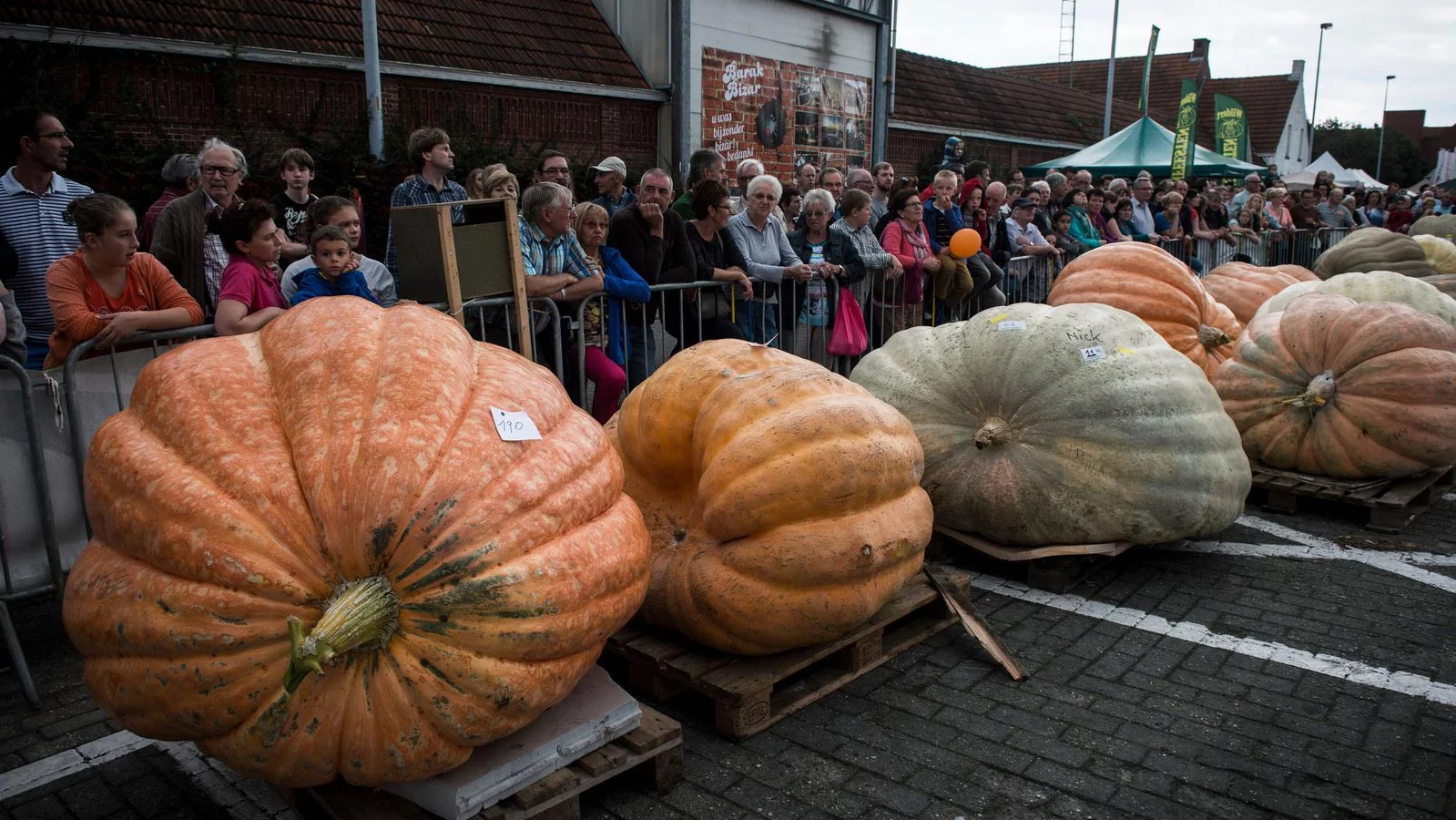4. Regulation of Individual Size

What will you learn in this lecture:
- To know three major groups of mortality curves.
- To understand the difference between species expressing determinant vs. indeterminate adult body size.
- To define how population biomass is controlled for species with indeterminate growth using the law of constant final yield.
- How to use thinning laws to predict maximum body size of these organisms over time.
- To understand how dimensional and metabolic scaling provide different expectations for these patterns
Enrolled students of fall 2025 should watch this lecture before September 23.
Short Clarification about Different Thinning Models
What questions should you be able to answer now?
- What variables define mortality curves?
- What groups of organisms express which types of mortality curves?
- What factors determine individual size for species demonstrating indeterminate growth? How can we apply this knowledge to food production?
- How does self-thinning actually happen in natural vs. artificial communities? How do they differ from those seen in artificial/agricultural situations? Why does this difference exist?
Useful links and materials:
Chapter 15 in: Krebs, Charles J. Ecology: The Experimental Analysis of Distribution and Abundance.
Featured image: Big vegetable contests represent an impractical application of the Law of Constant Final Yield, requiring harvesting machines capable of collecting 1 tonne fruits. Photo taken from Smithsonian Magazine page.